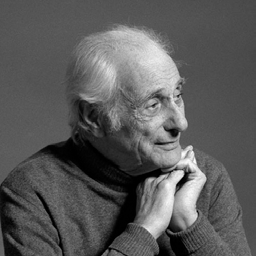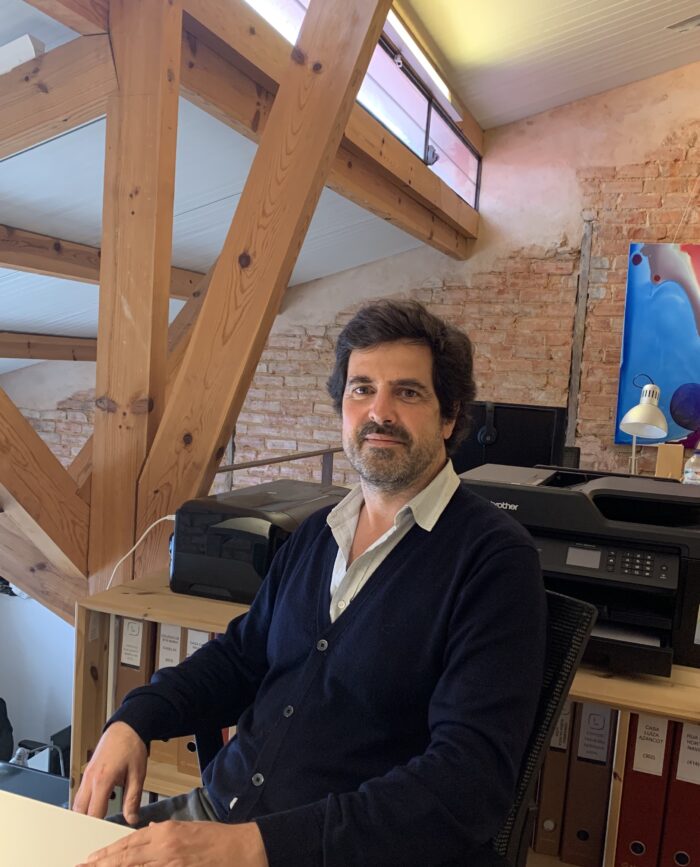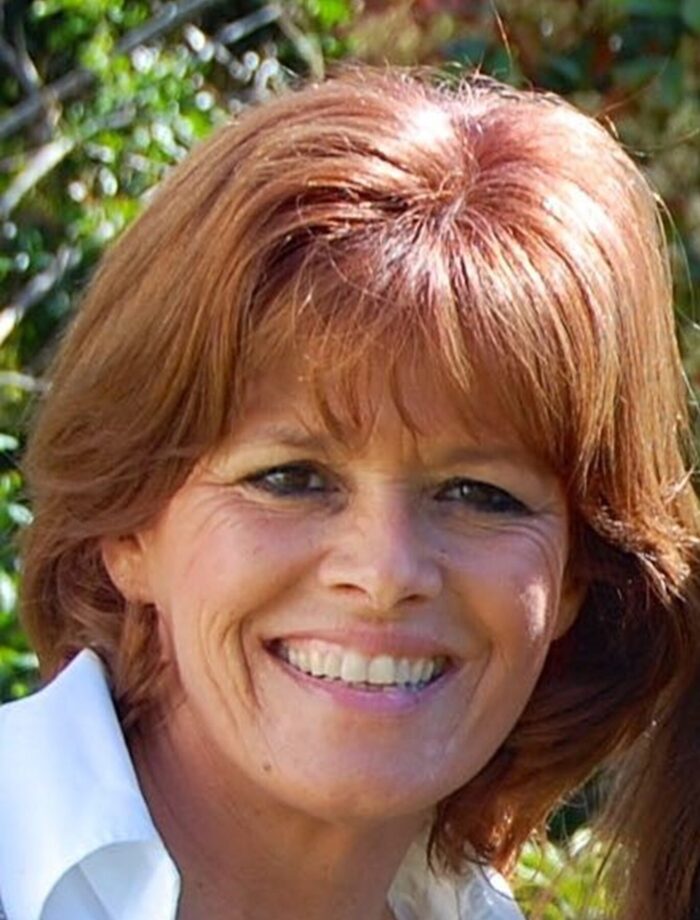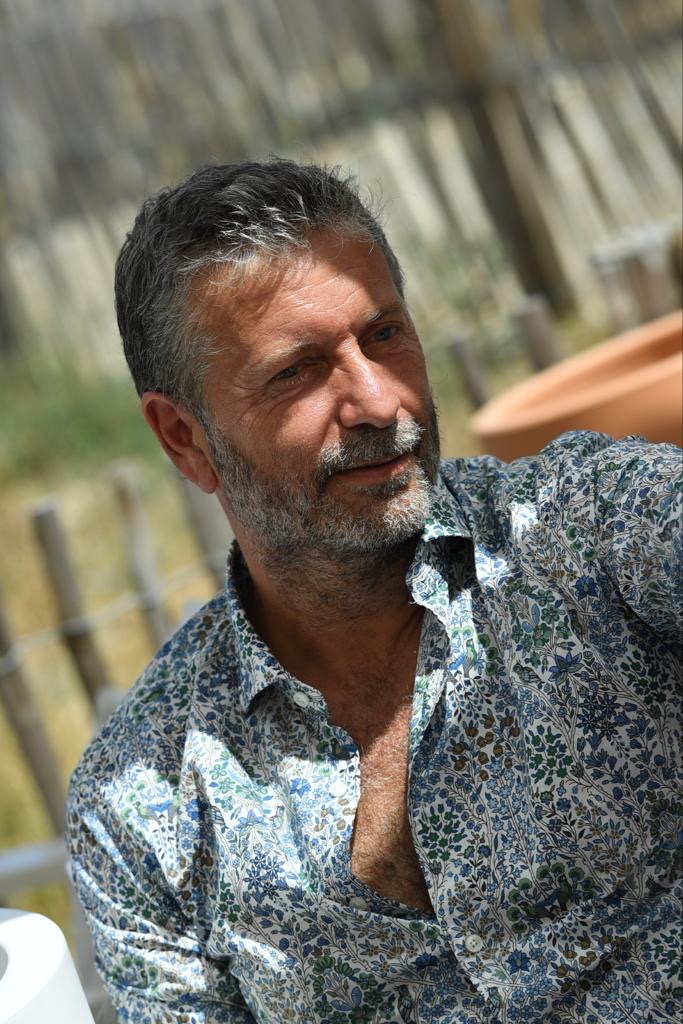A conversation with Arch. Bartolomeu Costa Cabral

A conversation with Arch. Bartolomeu Costa Cabral
'I've always had a rational attitude in projects, I thought I would not be a great architect in the visual aspect, because my security is the analysis of the site and the program, the image comes later.'
You have started your activity at the studio of architects Nuno Teotónio Pereira, Manuel Tainha and Manuel Alzina de Menezes. Tell us a little about the beginning of your career.
My initial contact with architecture professionals was in this studio, which I arrived through a common friend, eng. Ernesto Borges. I worked a little with architect Alzina and with the arch. Tainha, but I collaborated mainly with the architect Teotónio Pereira, and right in the project of Bloco das Águas Livres. At the time I was finishing my thesis. In addition to collaborating with the studio, I also had a job at the Federation of Pension Funds, where arch. Teotónio was a consultant.
The Águas Livres Block was designated monument of public interest. It is said to be the perfect building, which symbolizes modern life. When you finished the project, did you realize that it was a perfect work?
This project was my great school, my experience. It took two years to do the project and two years of construction. During four years, with the arch. Teotónio Pereira, I didn’t do anything else. I remember that, being my first job, when I started to see it appear I thought “after all it is not that difficult to do something that looks good”. We did the best we could, we were young, we did it with all our commitment and imagination. We made the program. Arch. Teotónio wanted to do something modern, try new materials, the opposite of applying a recipe. It was done with enthusiasm. They were high-end apartments but where the principles of social housing were applied, there was no waste of areas; for example, we only made service stairs because people use the elevators. We applied the principles of rentability of social housing space and of the functional organization of the house.
What interests you the most when designing a project?
We have to think mostly that architecture is something to serve people. It is very comprehensive, there are psychological and poetic aspects that go into functional aspects, but, to paraphrase Alvar Aalto, architecture is a social activity, of service to people. It serves to do something that is necessary. Unlike other arts, it is an art that fulfills a certain need, has a concrete and practical side, and that, for me, is an indispensable condition. It may have an extraordinary and spectacular side, but if it does not serve the purpose, it does not fulfill the main function. Obviously it can’t be just for serving, if it doesn’t have other aspects, it’s not architecture, it’s construction. Architecture exists when you place art…
In the tribute session that has been done to you, Manuel Tainha said that “what characterizes you is your mathematical instinct. Chance does not exist in your work. Your work has no waste”. Do you recognize yourself in this description?
I do, I’ve always had a rational attitude in my projects, although I think my architecture is not cold, it has a sense of humanity… Some people accuse Corbusier, because of his phrase “housing is a machine to inhabit”, however I think he is a very human architect, the things he does are beautiful and beauty is part of the sense of humanity. I always thought that I would not be a great architect in the visual aspect, because my security is the analysis of the site and the program. I always tried to find a harmonious way to do the work, but the image came later, it was not the starting point. A friend told me that a door in the building is a fatality, it has to exist, because otherwise you don’t enter and it has to be in the right place.
I read that the apparent simplicity of your work hides a great complexity of solutions. Is this one of the characteristics of your work?
I hope so. This is common to all good works. A Bach piece is apparently simple but is, in reality, extremely complex. If my works have this characteristic, I am delighted. That is what I have tried to do throughout my life.
What conditionings most interfered with your activity?
I have been very lucky with so-called conditioning. They exist on the plot, in the orientation, in the accesses, in the materials themselves, but all of them are solvable. Then there are other conditionings, which I would call requirements, as the client. Fortunately I didn’t have many problems at that level, I had one with the Lisbon City Council, which did not authorize a facade of a house in Lapa and I later couldn’t make an alternative to my liking, I did what they wanted but I think it damaged the project. Regarding the technological evolution, I continue to do the projects on paper but I have someone to do it on computer. It is not a conditioning, it is like a writer who writes a book by hand and then it is typed, what matters is what he writes…
Do you have a work of your life?
I have two long works that accompanied me. These are the works of a person’s life. I’m talking about the University of Beira Interior, in Covilhã, which was a project that I did over 30 years, as a lead architect, integrated in architect Maurício Vasconcelos’s team, in the first 20 years. Although the building has varied in expression, over the years, I have always maintained the basic principles of my work and that is why today the work does not look like a patchwork. There’s a unity. The other big project, but completely different, is the Pego Longo neighborhood, which is a village with 150 houses, which I also started about 30 years ago and I’m still doing projects there. Those were two projects that gave me a lot of pleasure and that constitute the architect’s social activity. I made others, many of them with the participation of eng. José Venâncio, from BETAR, who has always been a splendid collaboration. But the work that surprised me the most – because while we are designing we do not have a full sense of the dimension of things and their final impact – was the clay mortar [Taipa] house, in Alentejo. The place is so fantastic that it impregnated the work itself. The house was made for that environment but the result exceeded my expectations.
This interview is an integral part of Artes & Letras Magazine # 40, March 2013
Partially automatic translation from portuguese: some expressions may differ from their actual meaning.
News & Interviews
A conversation with Arch. António Costa Lima
'I believe that an architect should assume himself as an aggregating factor and at the same time conciliatory, in a team that is always composed of many people and entities.' Read more
A conversation with Joana Santiago
'[At Semear we train] people with intellectual difficulties, [and help to] prepare society. The lack of inclusion is related to the barriers that society imposes. We help companies employ these people' Read more
A conversation with Arch. Miguel Câncio Martins
'Inspiration is not ordered, it comes from observing the most varied and sometimes unexpected things, from listening to others, from travels, from lessons, from bad experiences and from the hard drive that is in my head, with the accumulation of information that I have been gathering' Read more




